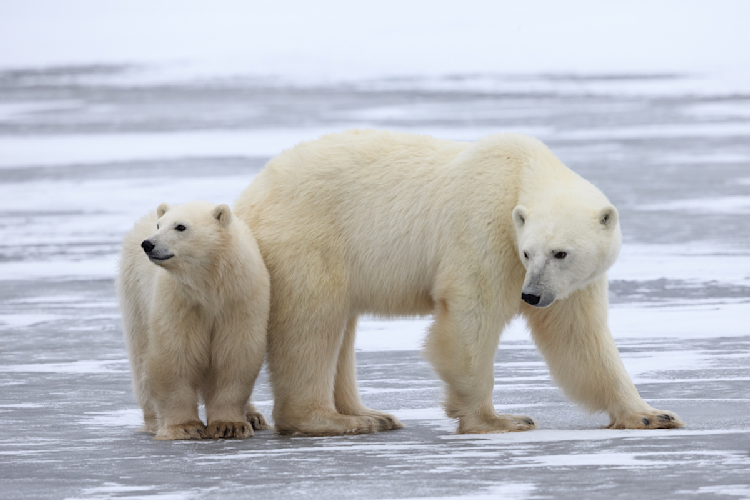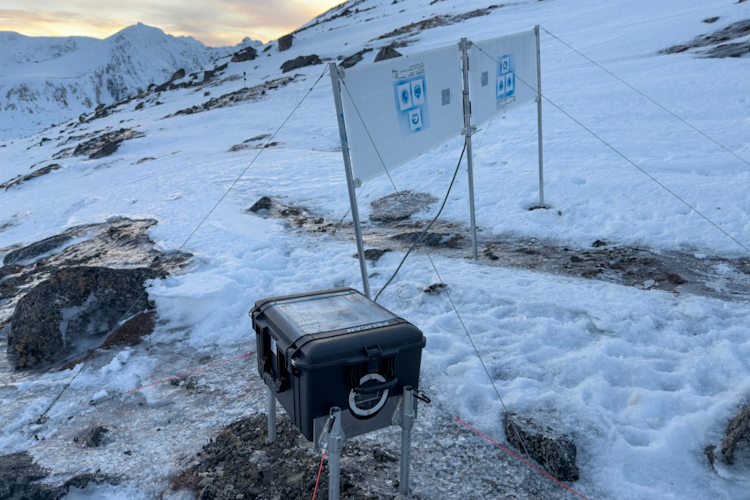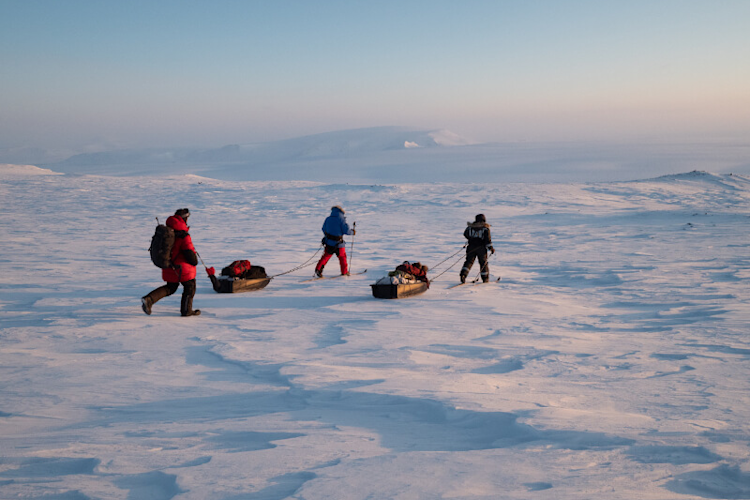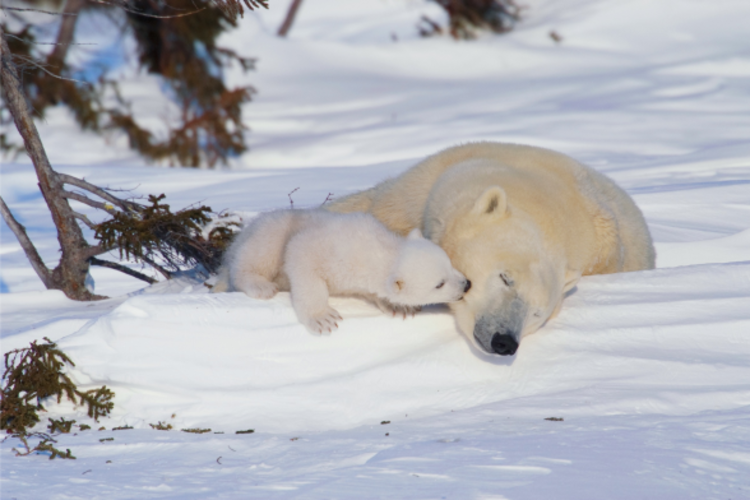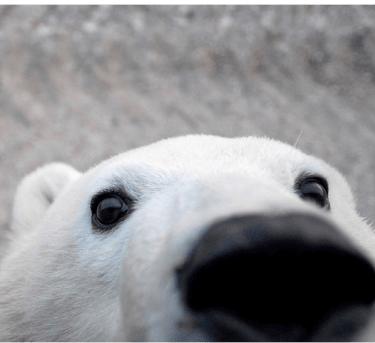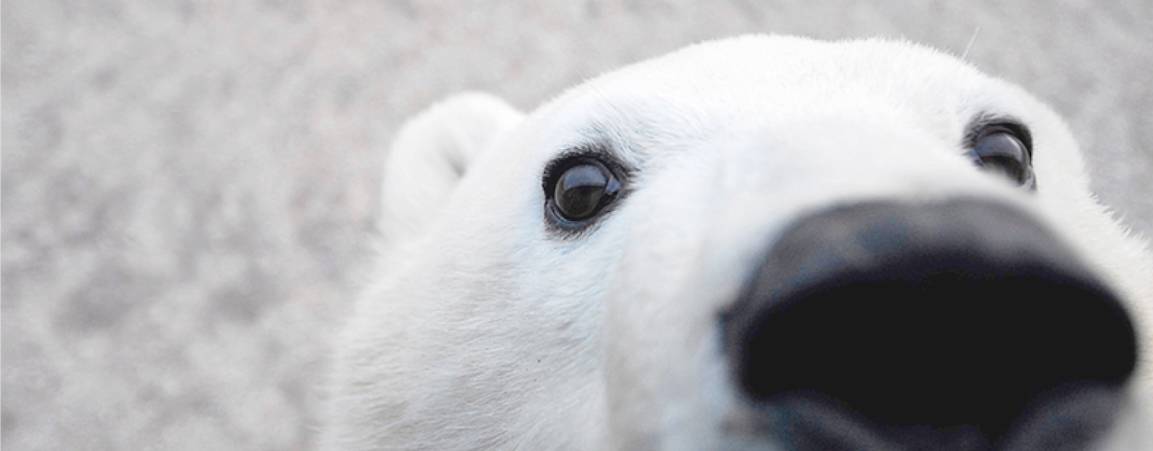Chop wood, carry water, pack, unpack, prepare food, ready gear, sleep, ride, count polar bears. Repeat, repeat.
Prior to last fall, I had never been to Wrangel Island, Russia, yet it felt immediately familiar. I had never participated in a multi-week survey by ATV—let alone in such changing and challenging terrain and weather—and yet it seemed completely normal. Cabins were either simple and older, or modern with nice touches like wood-fired central heating and solar electric—yet both were equally comfortable and welcome sights at the end of a long day. The rhythms we settled into differed little between places or transects. Day passed to day as weather went from autumn to winter and back to autumn again.
I took part in field work on Wrangel Island this fall as part of a research project on polar bears led by Dr. Eric Regehr of the University of Washington. We were joined by colleagues from the Wrangel Island State Nature Reserve and the All-Russian Research Institute for Environmental Protection.
A typical morning would start with lighting the cookstove around 5 or 6 a.m. and heating water for coffee and breakfast. The cabins retained some heat from the previous night’s fire, comfortably cool. Coffee was instant or Turkish (grounds in mug)—smooth and strong. Lighting was by headlamp or kerosene lantern in older cabins and LED lights in modern cabins. Breakfast was typically leftover dinner or a porridge (buckwheat or oats).







